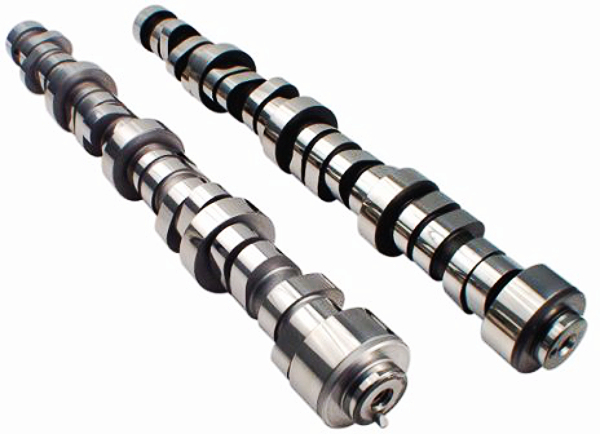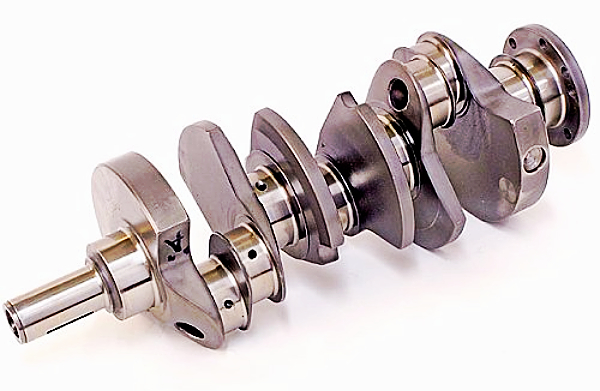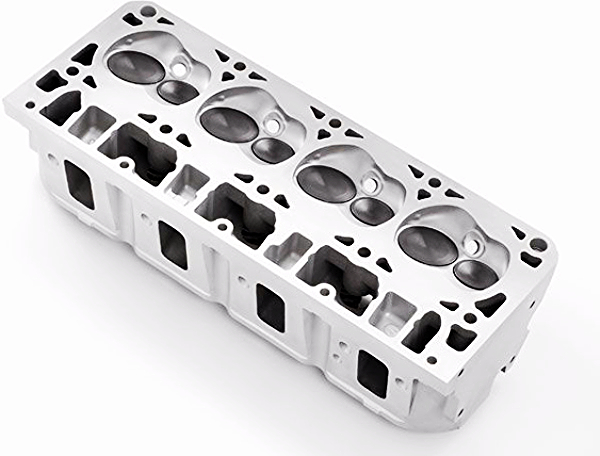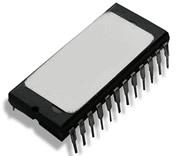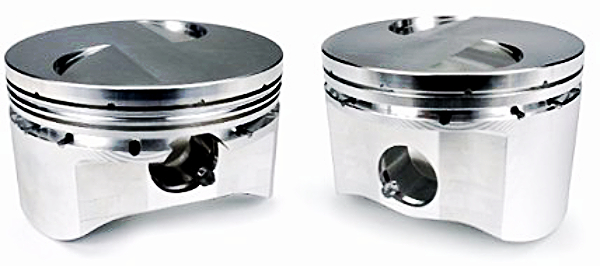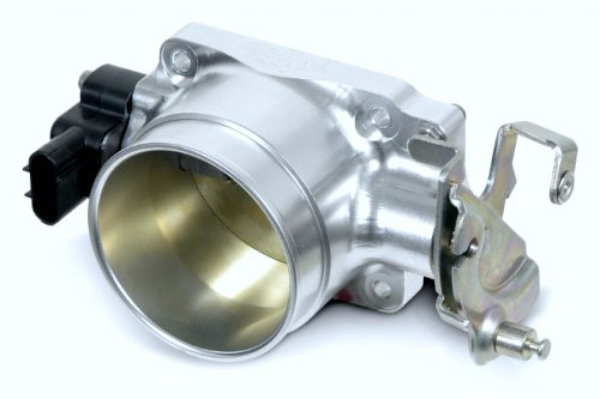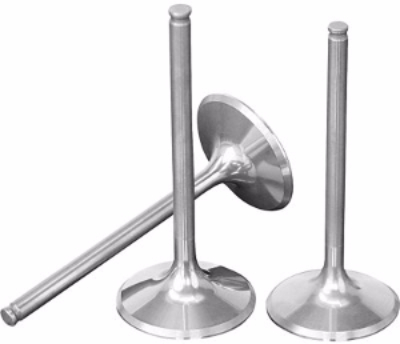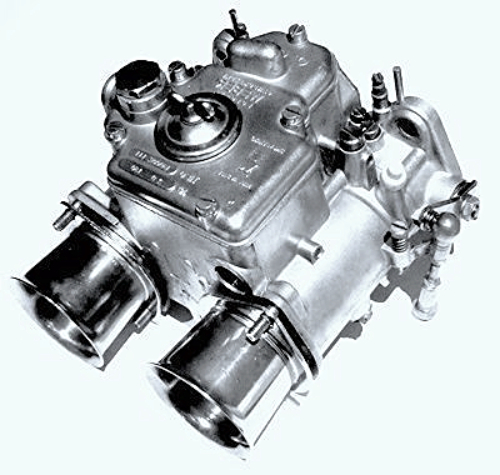
The Carburettor is the default air to fuel mixing device on all cars prior to the introduction of Electronic Fuel Injection in the early 1980's. It's job is to mix the correct air to fuel mixture and stop the engine running lean or rich. To add to it's job, it also needs to operate correct in the following situations, cold start, hot start, idling, part throttle and full throttle. The carburetor is basically a long tube which narrows in the middle and then widens again, creating a venturi effect in the middle which speeds up the airflow and creates a vacuum effect. At this narrow section there are holes/jets located where fuel is sucked into the airflow because of the venturi effect, creating the combustion mixture. The airflow is controlled by a throttle valve (butterfly valve) located at the venturi section, this valve carefully control the flow of air as required normally controlled via a cable attached to the accelerator petal. It can alter the amount of airflow, which in turn alters the amount of fuel delivered which equals more power. It is possible to fit larger Carburetors also with multiple barrels and venturi, which not only can increase the engines fuelling requirements in terms of flow rates but also BHP potential. Engine compartment space will be a considerations, especially the bonnet area above the cylinder block, with some installs protruding out of the bonnet.
